The Dutch-based energy giant Shell plans to eliminate 1,000 gas stations by the end of 2025 as it begins to put more emphasis on its EV charging operations, the company said in a new report. It already operates 3,700 charging stations in the U.S. and will not only add more facilities but expand the size of existing ones.
You’ll likely see fewer Shell gas stations across the U.S. and other markets in the coming years. The company, based in the Netherlands, has been one of the most aggressive of the energy giants when it comes to migrating from traditional service stations to EV charging facilities and plans an even bigger push over the next two years.
“We are upgrading our retail network, with expanded electric vehicle charging and convenience offers, in response to changing customer needs,” Shel said in its 2024 Energy Transition Strategy Report released this year. It will “divest around 500 Shell-owned sites (including joint ventures) a year in 2024 and 2025.”
A modest decline – for now
The company began the year with about 47,000 service stations worldwide, so the closures would account for just over 2% of that total. But it marks an acceleration of Shell’s focus on EV charging which began in 2019 with the acquisition of charging company Greenlots.
Shell got another big boost in March 2023 with the acquisition of Volta Inc. The $169 million purchase gave Shell instant control of more than 3,000 U.S. charging “points,” the two companies said in a release, adding that Volta had already committed to adding another 3,400 charging stations. By comparison, Tesla currently operates 6,000 charging stations – though it also has plans for a significant expansion.
Volta has focused on “destination” sites which are located at high-traffic locations where EV owners will find other things to do while their vehicles are plugged in, such as shopping centers, grocery stores and pharmacies.
“We want to make charging as convenient as possible for our customers,” said István Kapitány, Executive Vice President of Shell Mobility. “As demand for EV charging continues to grow, destination sites will play a key role in meeting people where they spend a great deal of time: the store, the gym, and everywhere in-between.”
More Charging News
- Shell Opens World’s Biggest EV Charging Station
- Biden Administration Allocates $773 Million in Grants for EV Charging
- Shell Shuts Down its Hydrogen Stations in California

The Shell Recharge EV Charging Station in Shenzhen, China features 258 public chargers, as well as a convenience store, a lounge, a cafe and more.
The world’s biggest charging center
Shell recently opened what it has billed as the world’s largest EV charging center, a facility near the airport in Shenzhen China with 258 individual quick chargers.
That facility follows what has become the modern model for service stations around the world – and which is expected to become increasingly important for EV charging stations considering the time motorists typically need to be plugged in. The Shenzhen charging hub features a convenience store, a café and a driver’s lounge.
Where the cuts will come
Shell has not yet identified the locations that it plans to cut as part of its new EV charging strategy. But it did note that it will put the emphasis on China and Europe, where EV adoption has grown more rapidly than in the U.S.
But it does plan to grow in all major markets. The goal is to grow from a total of 54,000 charging locations today to more than 200,000 by 2030. Shell is expected to put an emphasis on high-speed chargers.
Even though EV adoption has been slower in the U.S., demand for public charging has accelerated as it’s considered a critical factor in boosting demand for all-electric vehicles. The Biden administration has so far announced $773 million in grants to help subsidize the expansion of the U.S. charging network.
Shell isn’t alone
Several other major energy companies, including British-based BP, have laid out plans to grow their own EV networks. Tesla has partnered with Buc-ee’s, a company known for its mall-sized gas station and convenience store facilities. It now has Superchargers set up at Buc-ee’s facilities in seven states, and the retailer has also inked a deal with Evgo to expand its charging operations.
Start-up Rove plans to set up 20 EV charging stations in California – the largest electric vehicle market in the U.S. – by 2026. Each will have 40 publicly accessible fast chargers. They’ll also offer a convenience store, a café, outdoor seating with WiFi, a car wash, even a fenced in area for pets.
Shell backs out of hydrogen
While Shell is putting more emphasis on EV charging it is reversing course when it comes to another clean fuel. The automaker recently shut down its small network of retail hydrogen pumping stations in California.
In a letter to customers, it said the move was “due to hydrogen supply complications and other external market factors.” But it comes as a blow to plans to expand demand for hydrogen fuel-cell vehicles such as the Toyota Mirai and Hyundai Nexo.
Shell left open the possibility of closing its commercial hydrogen facilities, as well. But demand for the fuel is growing, especially near locations like the Ports of Los Angeles and Long Beach, where hydrogen-powered trucks are beginning to replace diesel rigs in a bid to reduce smog problems.

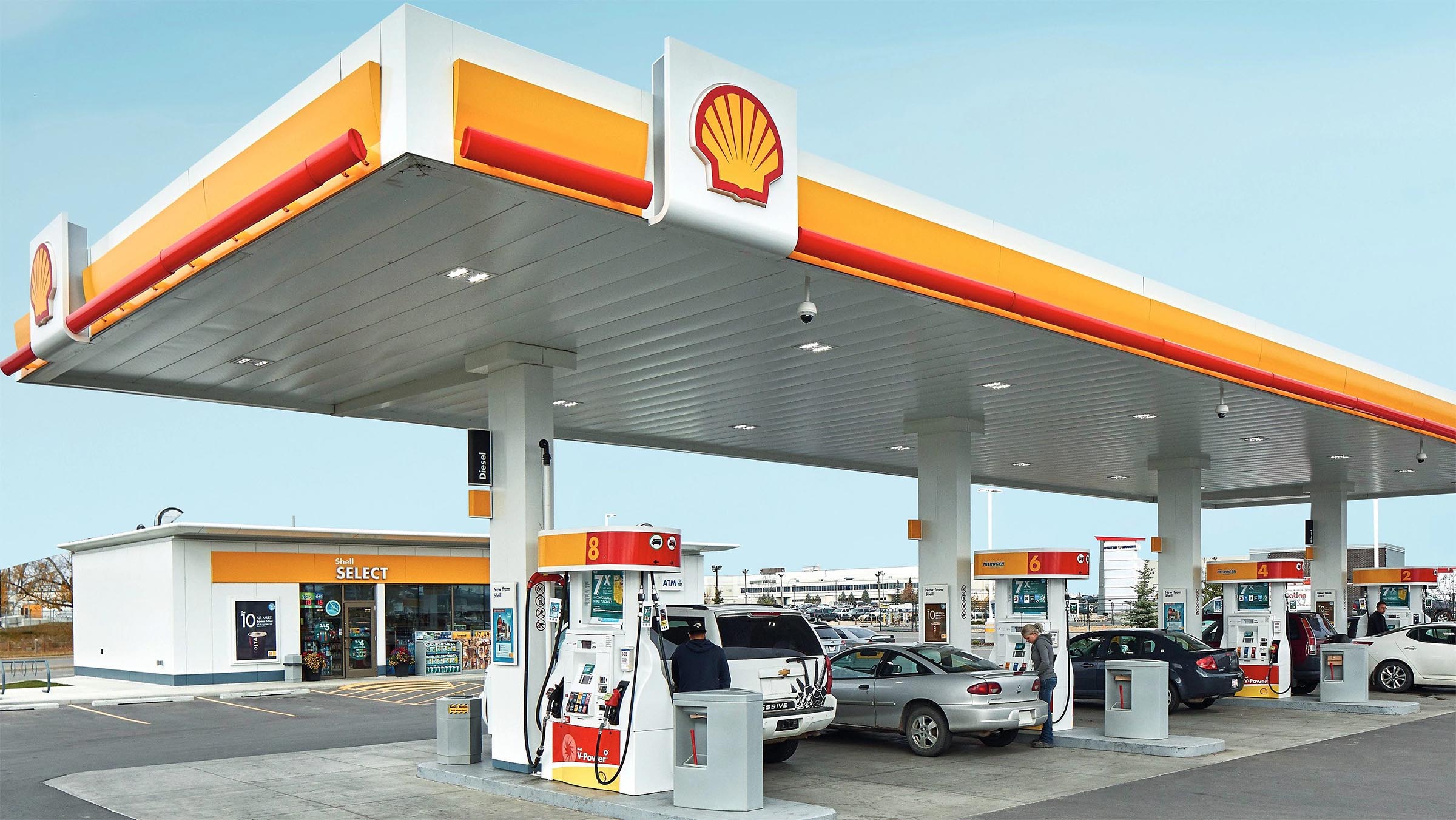
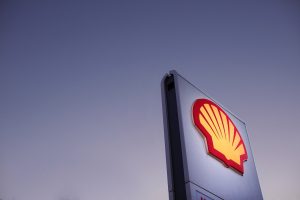
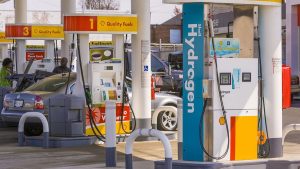

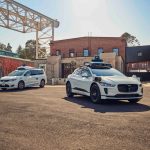
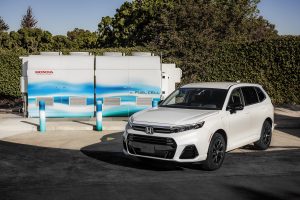
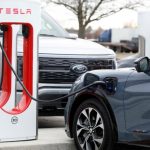
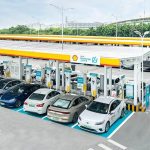
0 Comments